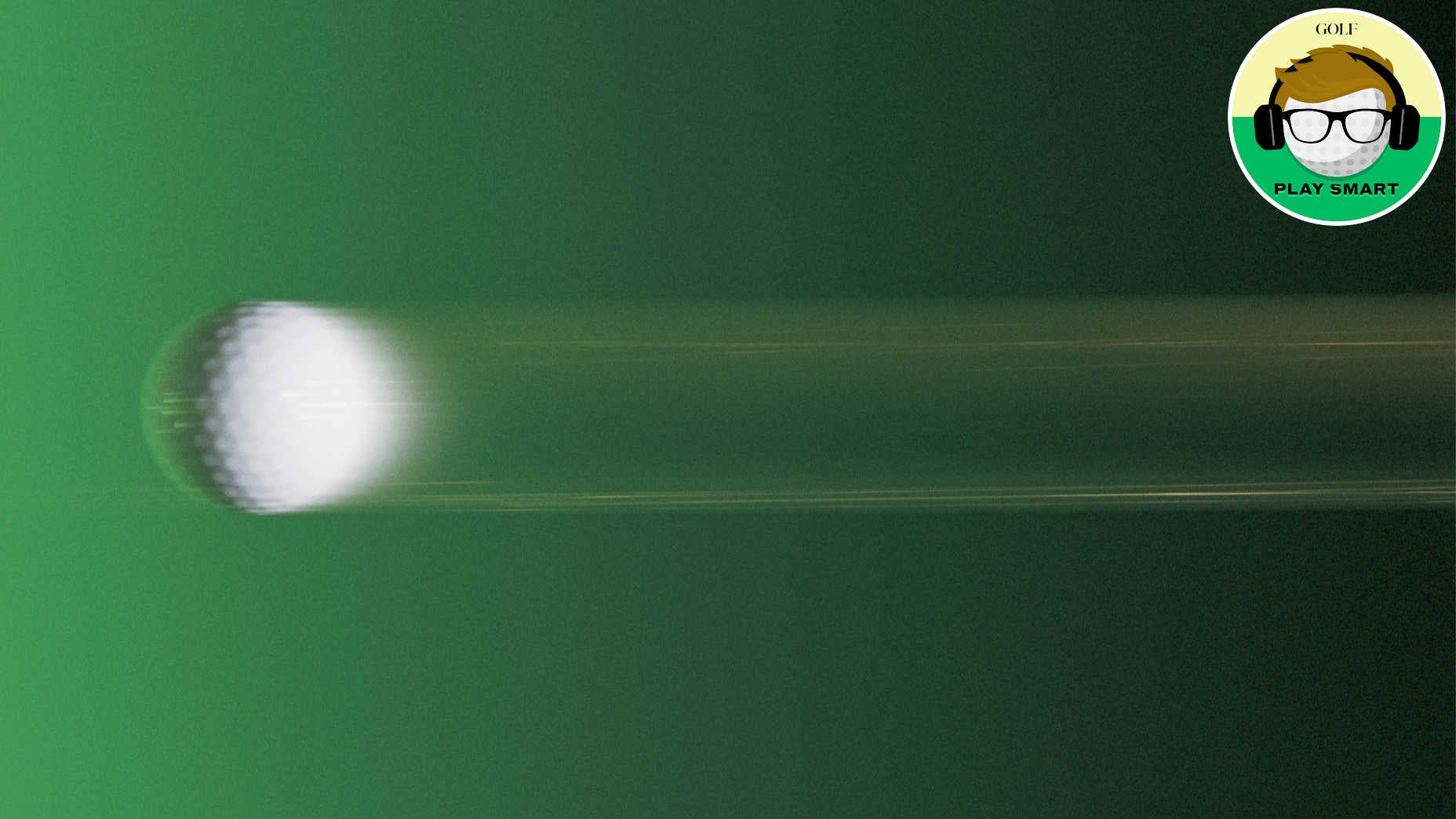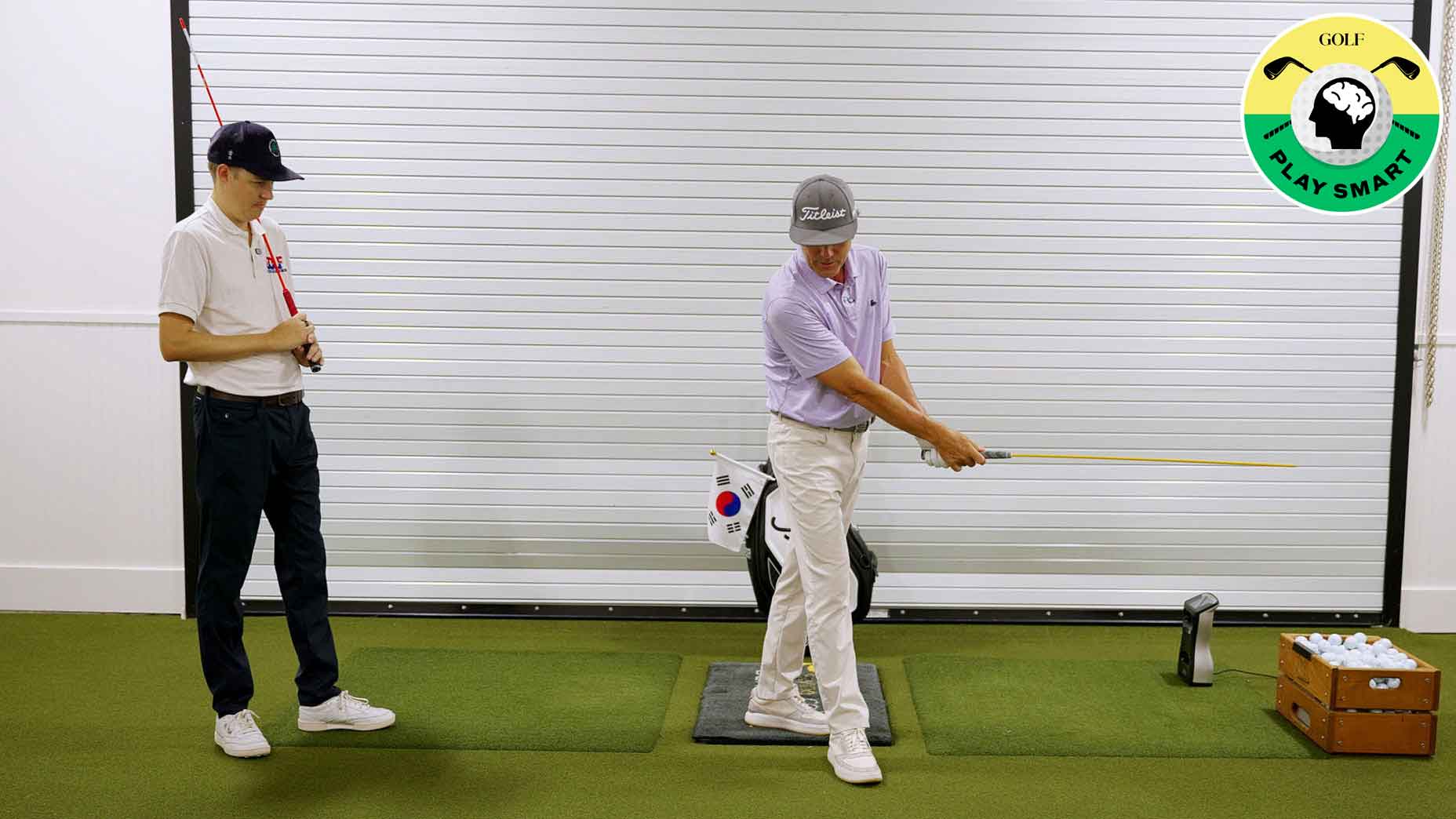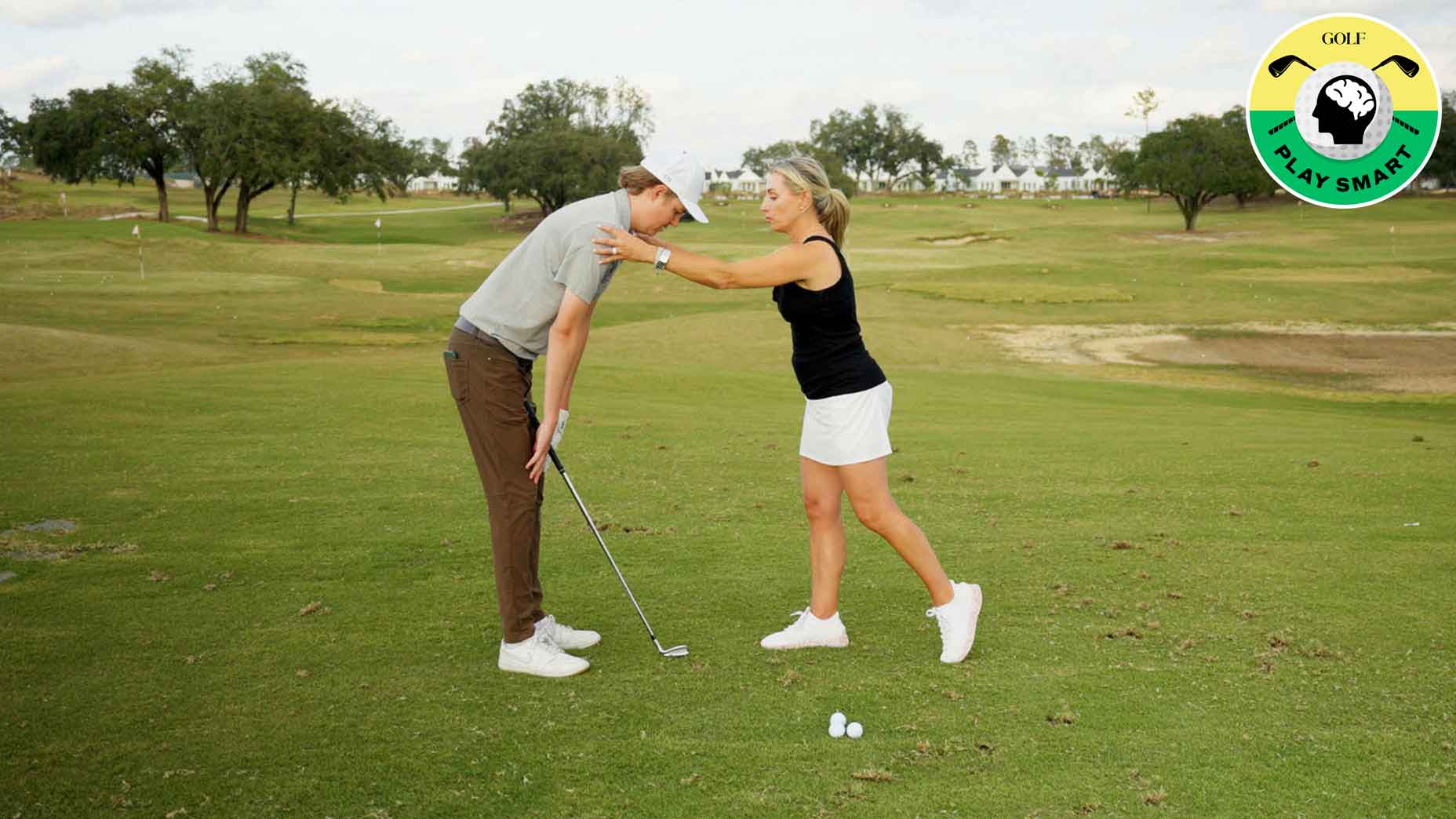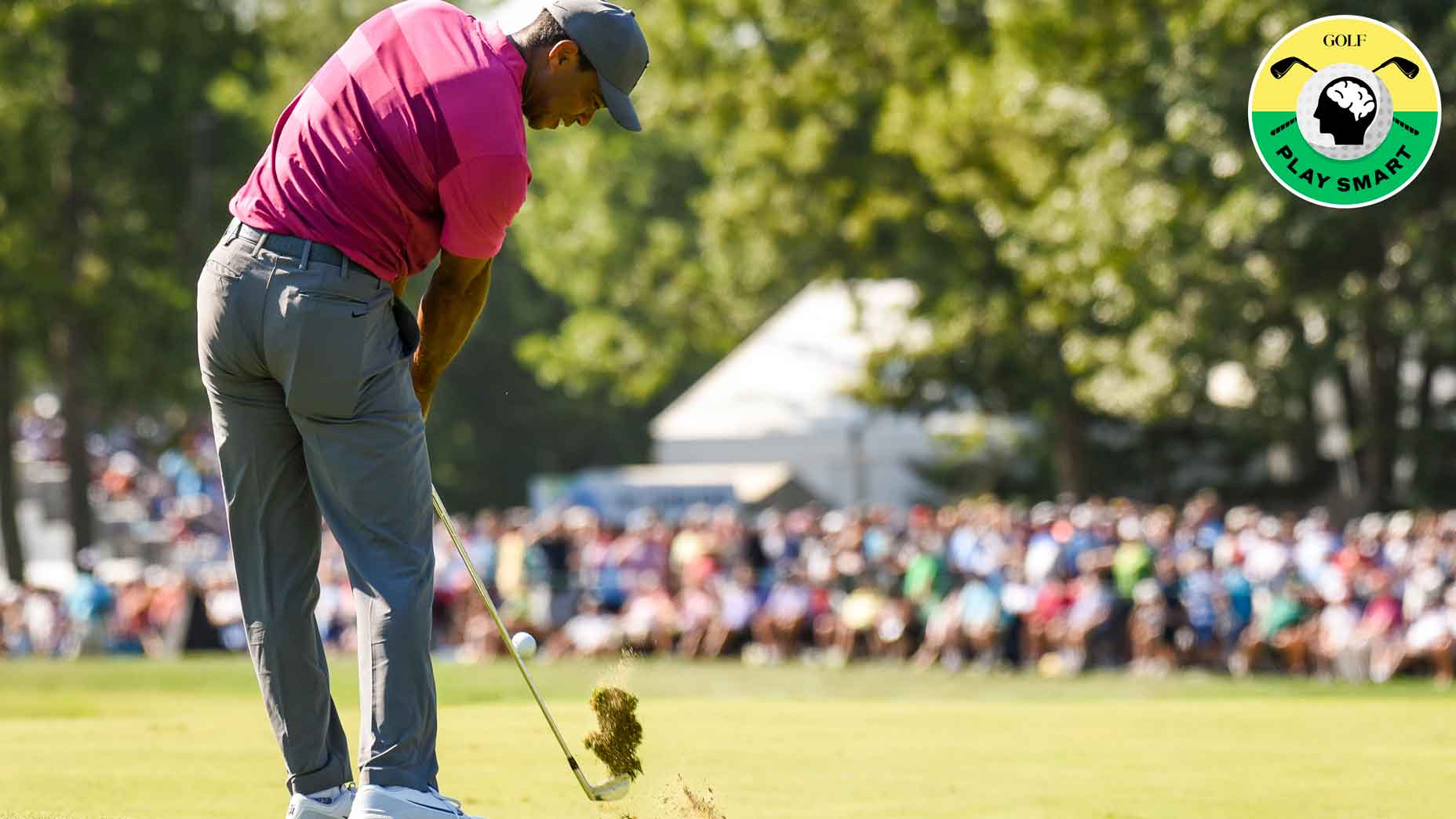Welcome to Play Smart, a game improvement column and podcast from editor Luke Kerr-Dineen to help you play smarter, better golf.
Clubhead speed. It’s something we talk about a lot. A bit too much, maybe. But who can blame us? It’s perhaps the most important element of golf in the modern era, regardless of your ability level. And it’s why over on the Play Smart podcast, my co-host Reed Howard and I just finished a five-episode mini series where we focused each 11-minute episode on a different element of swing speed. Knit them all together, and you’ll come out a smarter, better, faster golfer.
Let’s break them all down.
You can subscribe to the Play Smart podcast on Apple here, or on Spotify right here.
1. Set a goal
Before you get cracking on lifting weights, speed training, and whatever else you have planned to add a few extra yards, step back and ask yourself a simple question: Why do you want more clubheed speed? Defining the big picture goal is an underrated, but important, part of your journey, because it’ll keep you focused on the prize. It’s what’ll get you through the days when you’re feeling lazy, and it’ll help you push through the days when you’re not seeing any progress.
One reason, which we discuss in the podcast below, is that hitting the ball further, quite simply, makes golf easier! As long as you keep your ball in play, gaining an extra 10 yards will lower your scoring average by one shot, without having to change anything else.
2. Find a tool that can help
Once you define your big picture goal, it’s often helpful to find a training aid, or tool, that can help you achieve it — and there’s no lack of them on the market.
The Stack is a training aid that we’re written about often. It’s more expensive, but comes with some high plaudits. SuperSpeed’s system is a more affordable lower-tech option, while below, I discuss my (successful!), mid-season experiment with the swing fan. Choose whatever best fits your goal, and commit.
3. Hone your technique
The best thing you can do for your game, when it comes to distance, is committing to some technical work with your coach. Explain your goal — that you want to hit the ball longer — and why. Any good coach won’t take long to help you plug the power leaks in your swing with a swing thought that can help.
GOLF Top 100 Teacher Chris Como and his student Bryson DeChambeau have one that has worked for them: Feeling wide on the backswing, and then narrow on the downswing.
You can listen below for the full explanation:
4. Sequence your key muscles
Anything you do, as we discuss in the podcast below, will involve training your key golf muscles. Strengthening, stretching, and learning to fire them with power. Your golf swing’s sequence, which is the order in which you swing. It starts by shifting your weight, then rotating your body and arms, before finally releasing the clubs with your wrists.
5. Smart and safe speed training
If you’re really serious about adding clubhead speed, you’re going to have to do speed training. That means dedicating a portion of time on the range where you practice only on swinging as hard as you can.
As we break down, it’s a helpful way of practicing, but only if done correctly. Start with a few swings — even if it’s just five swings as hard as you can — and slowly build your way up. Set yourself a goal, and keep pushing. With a little effort, you’ll be amazed at what you can achieve.










